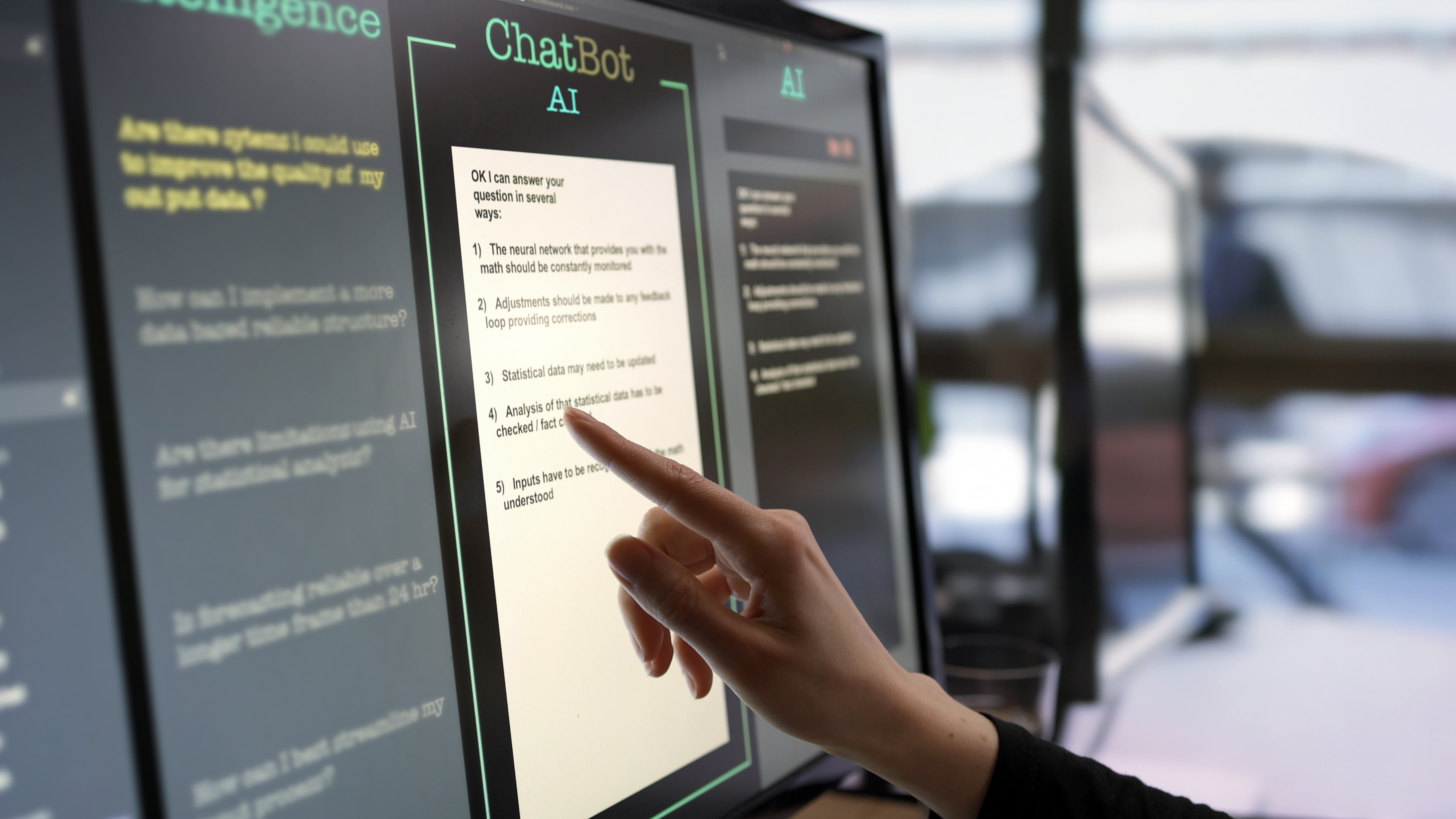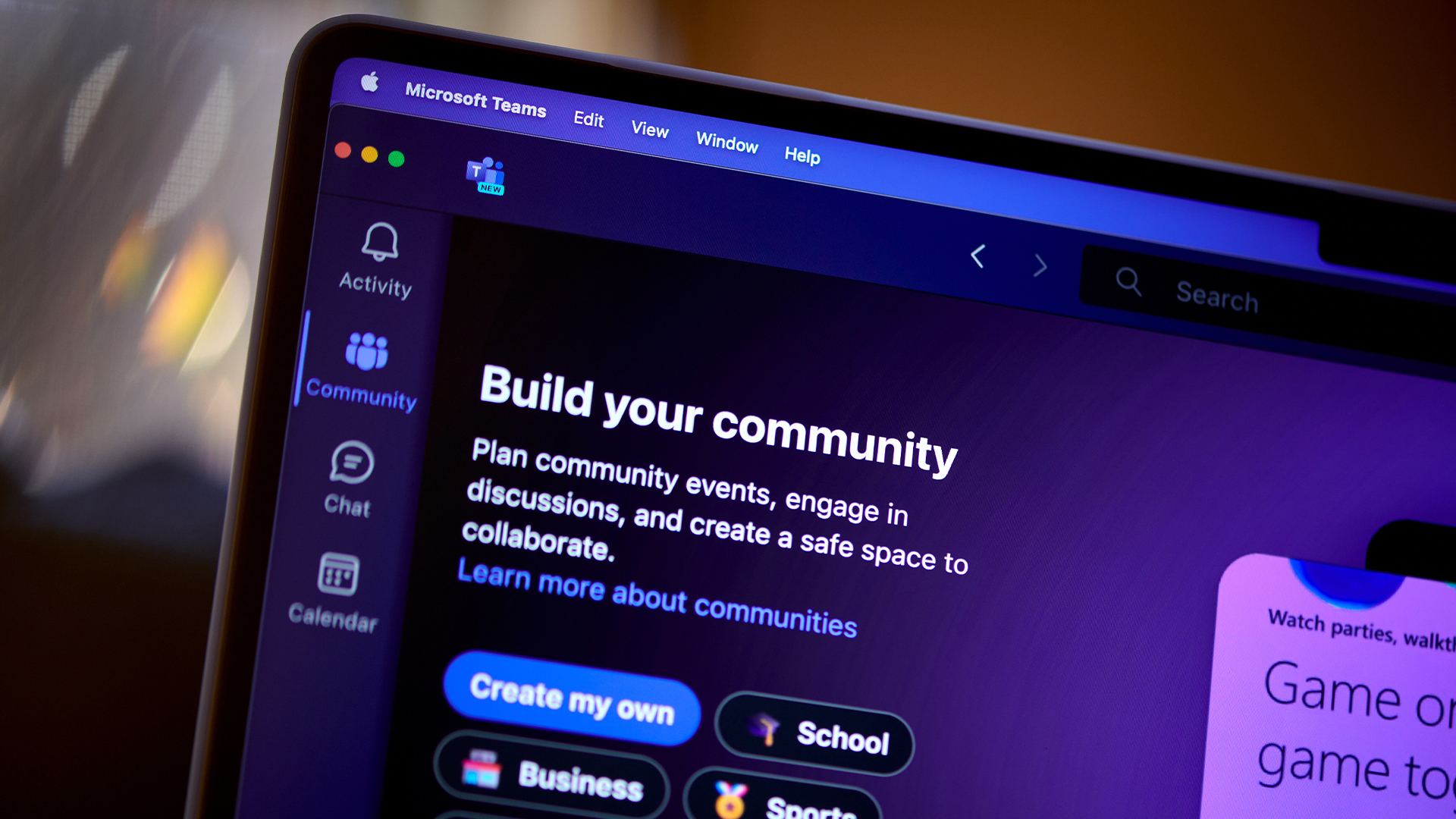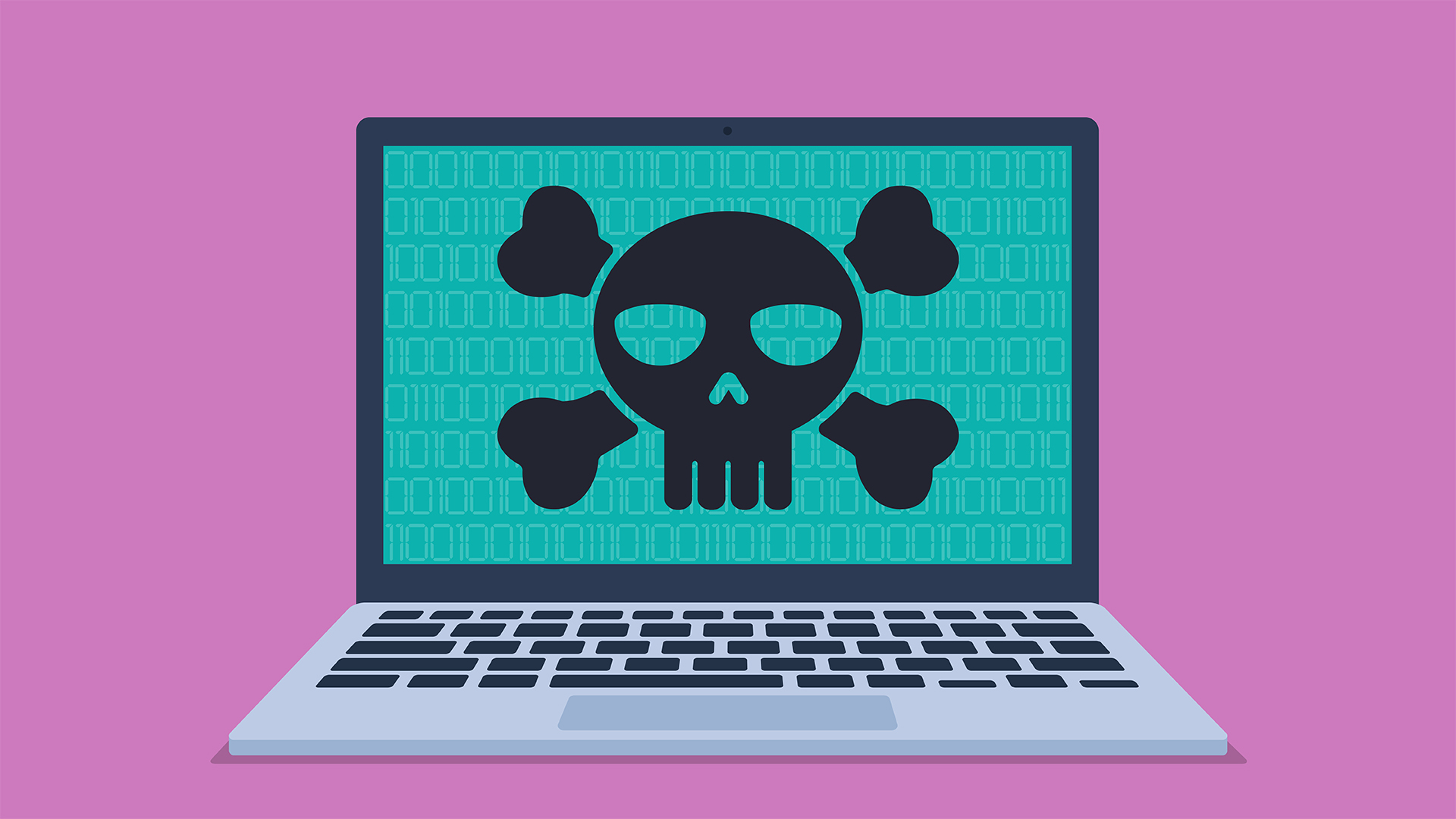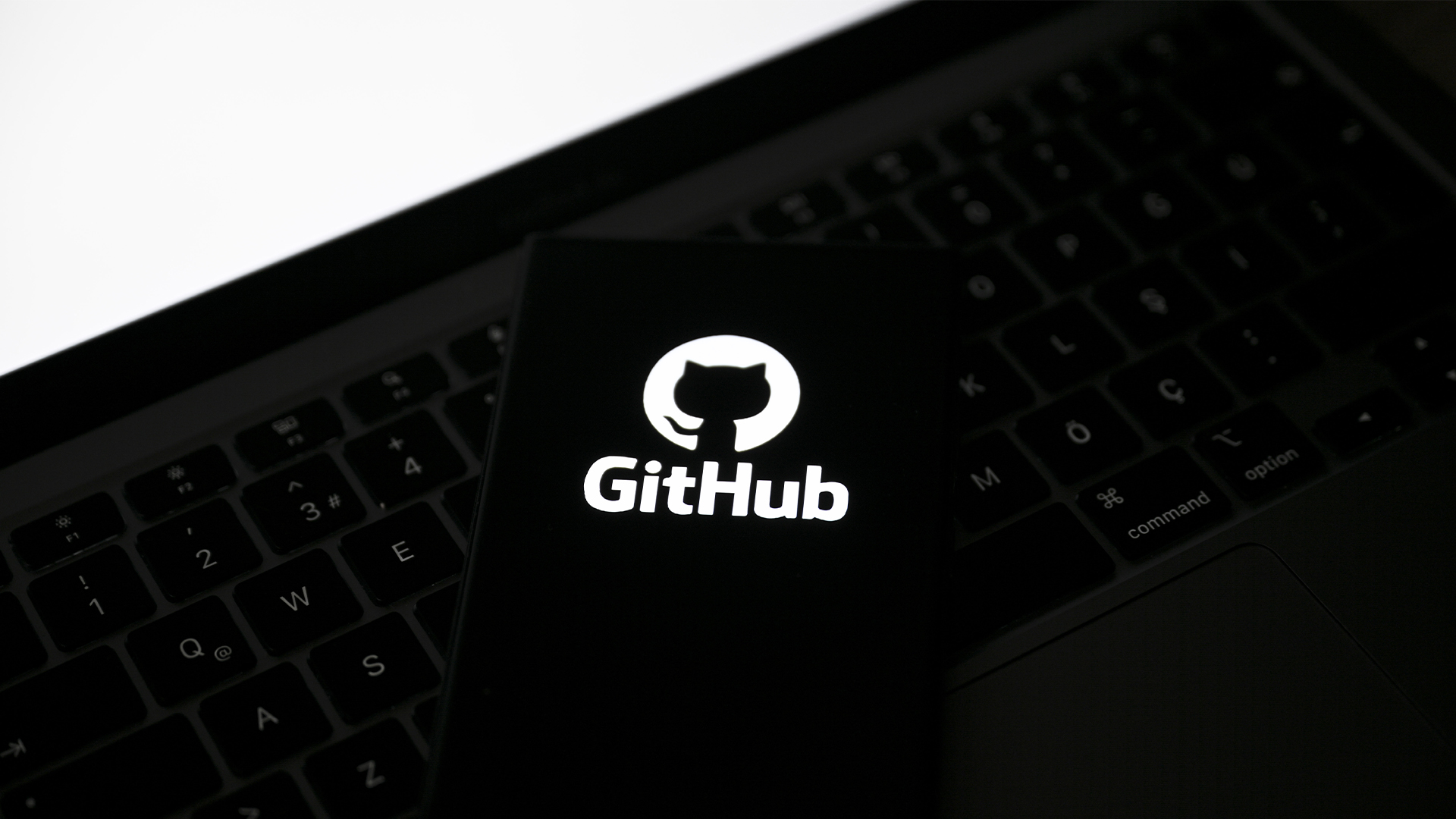AI’s use as a hacking tool has been overhyped
New research reveals that most LLMs are unable to exploit one-day vulnerabilities, even when given the CVE description


The offensive potential of popular large language models (LLMs) has been put to the test in a new study that found GPT-4 was the only model capable of writing viable exploits for a range of CVEs.
The paper from researchers at University of Illinois Urbana-Champaign tested a series of popular LLMs including OpenAI’s GPT-3.5 and GPT-4, as well as leading open-source agents from Mistral AI, Hugging Face, and Meta.
The agents were given a list of 15 vulnerabilities, ranging from medium to critical severity, to test how successfully the LLMs could autonomously write exploit code for CVEs.
The researchers tailored a specific prompt to yield the best results from the models that encouraged the agent not to give up and be as creative as possible with its solution.
During the test, the agents were given access to web browsing elements, a terminal, search results, file creation and editing, as well as a code interpreter.
The results of the investigation found GPT-4 was the only model capable of successfully writing an exploit for any of the one-day vulnerabilities, boasting a 86.7% success rate.
The authors noted they did not have access to GPT-4’s commercial rivals such as Anthropic’s Claude 3 or Google’s Gemini 1.5 Pro, and so were not able to compare their performance to that of OpenAI’s flagship GPT-4.
Sign up today and you will receive a free copy of our Future Focus 2025 report - the leading guidance on AI, cybersecurity and other IT challenges as per 700+ senior executives
The researchers argued the results demonstrate the “possibility of an emergent capability” in LLMs to exploit one-day vulnerabilities, but also that finding the vulnerability itself is a more difficult task than exploiting it.
GPT-4 was highly capable when provided with a specific vulnerability to exploit according to the study. With more features including better planning, larger response sizes, and the use of subagents, it could become even more capable, the researchers said.
In fact, when given an Astrophy RCE exploit that was published after GPT-4’s knowledge cutoff date, the agent was still able to write code that successfully exploited the vulnerability, despite its absence from the model's training dataset.
Removing CVE descriptions significantly hamstrings GPT-4’s blackhat capabilities
While GPT-4’s capacity for malicious use by hackers may seem concerning, the offensive potential of LLMs remains limited for the moment, according to the research, as even it needed full access to the CVE description before it could create a viable exploit.Without this, GPT-4 was only able to muster a success rate of 7%.
This weakness was further underlined when the study found that although GPT-4 was able to identify the correct vulnerability 33% of the time,, its ability to exploit the flaw without further information was limited: Of the successfully detected vulnerabilities GPT-4 was only able to exploit one of them.
In addition, the researchers tested how many actions the agent took when operating with and without the CVE description, noting the average number of actions only differed by 14%, which the authors put down to the length of the model’s context window.
Speaking to ITPro, president at managed detection and response firm CyberProof, Yuval Wollman, said despite growing interest from cyber criminals in the offensive capabilities of AI chatbots, their efficacy remains limited at this time.
RELATED WHITEPAPER

“The rise, by hundreds of percentage points, in discussions of ChatGPT on the dark web shows that something is going on, but whether it's being translated into more effective attacks? Not yet.”
Wollman said the offensive potential of AI systems is well established, citing previous simulations run on the AI-powered BlackMamba malware, but argued the maturity of these tools is not quite there for them to be adopted more widely by threat actors.
Ultimately, Wollman thinks AI will have a significant impact on the ongoing arms race between threat actors and security professionals, but claims it’s too early to answer that question at the moment.
“The big question would be how the GenAI revolution and the new capabilities and engines that are now being discussed on the dark web would affect this arms race. I think it's too soon to answer that question.”

Solomon Klappholz is a former staff writer for ITPro and ChannelPro. He has experience writing about the technologies that facilitate industrial manufacturing, which led to him developing a particular interest in cybersecurity, IT regulation, industrial infrastructure applications, and machine learning.
-
 Microsoft CEO Satya Nadella wants an end to the term ‘AI slop’ in 2026
Microsoft CEO Satya Nadella wants an end to the term ‘AI slop’ in 2026News Microsoft CEO Satya Nadella might want the term "AI slop" shelved in 2026, but businesses will still be dealing with increasing output problems and poor returns.
-
 New security features are coming to Microsoft Teams this month
New security features are coming to Microsoft Teams this monthNews From 12 January, weaponizable file type protection, malicious URL detection, and a system for reporting false positives will all be automatically activated.
-
 Trend Micro issues warning over rise of 'vibe crime' as cyber criminals turn to agentic AI to automate attacks
Trend Micro issues warning over rise of 'vibe crime' as cyber criminals turn to agentic AI to automate attacksNews Trend Micro is warning of a boom in 'vibe crime' - the use of agentic AI to support fully-automated cyber criminal operations and accelerate attacks.
-
 NCSC issues urgent warning over growing AI prompt injection risks – here’s what you need to know
NCSC issues urgent warning over growing AI prompt injection risks – here’s what you need to knowNews Many organizations see prompt injection as just another version of SQL injection - but this is a mistake
-
 AWS CISO Amy Herzog thinks AI agents will be a ‘boon’ for cyber professionals — and teams at Amazon are already seeing huge gains
AWS CISO Amy Herzog thinks AI agents will be a ‘boon’ for cyber professionals — and teams at Amazon are already seeing huge gainsNews AWS CISO Amy Herzog thinks AI agents will be a ‘boon’ for cyber professionals, and the company has already unlocked significant benefits from the technology internally.
-
 HPE selects CrowdStrike to safeguard high-performance AI workloads
HPE selects CrowdStrike to safeguard high-performance AI workloadsNews The security vendor joins HPE’s Unleash AI partner program, bringing Falcon security capabilities to HPE Private Cloud AI
-
 Microsoft opens up Entra Agent ID preview with new AI features
Microsoft opens up Entra Agent ID preview with new AI featuresNews Microsoft Entra Agent ID aims to help manage influx of AI agents using existing tools
-
 GitHub is awash with leaked AI company secrets – API keys, tokens, and credentials were all found out in the open
GitHub is awash with leaked AI company secrets – API keys, tokens, and credentials were all found out in the openNews Wiz research suggests AI leaders need to clean up their act when it comes to secrets leaking
-
 Generative AI attacks are accelerating at an alarming rate
Generative AI attacks are accelerating at an alarming rateNews Two new reports from Gartner highlight the new AI-related pressures companies face, and the tools they are using to counter them
-
 Hackers are using AI to dissect threat intelligence reports and ‘vibe code’ malware
Hackers are using AI to dissect threat intelligence reports and ‘vibe code’ malwareNews TrendMicro has called for caution on how much detail is disclosed in security advisories